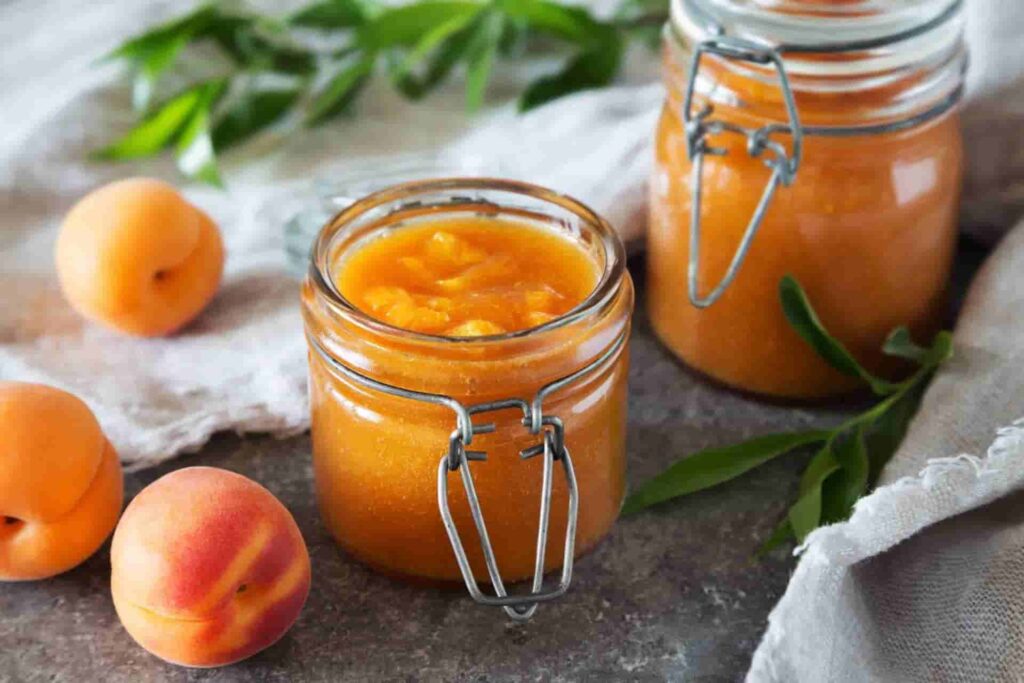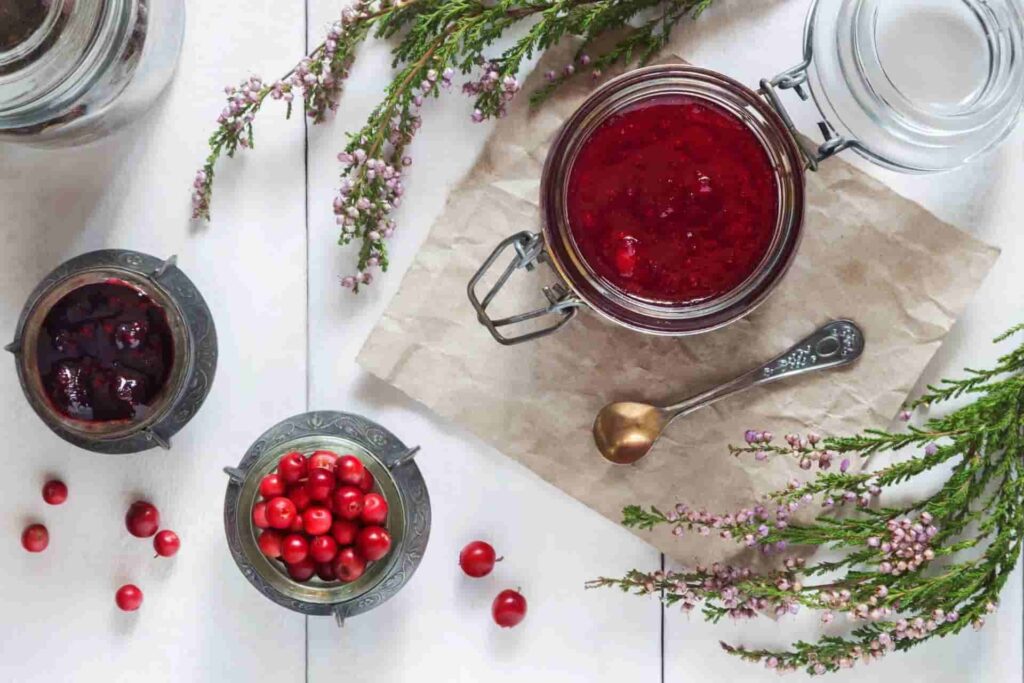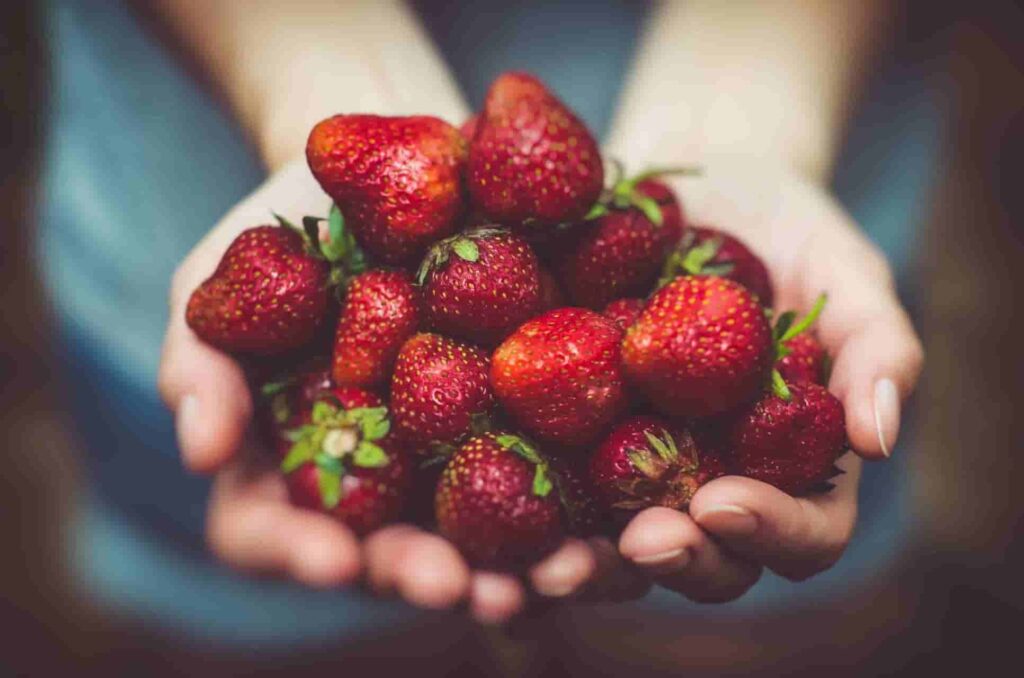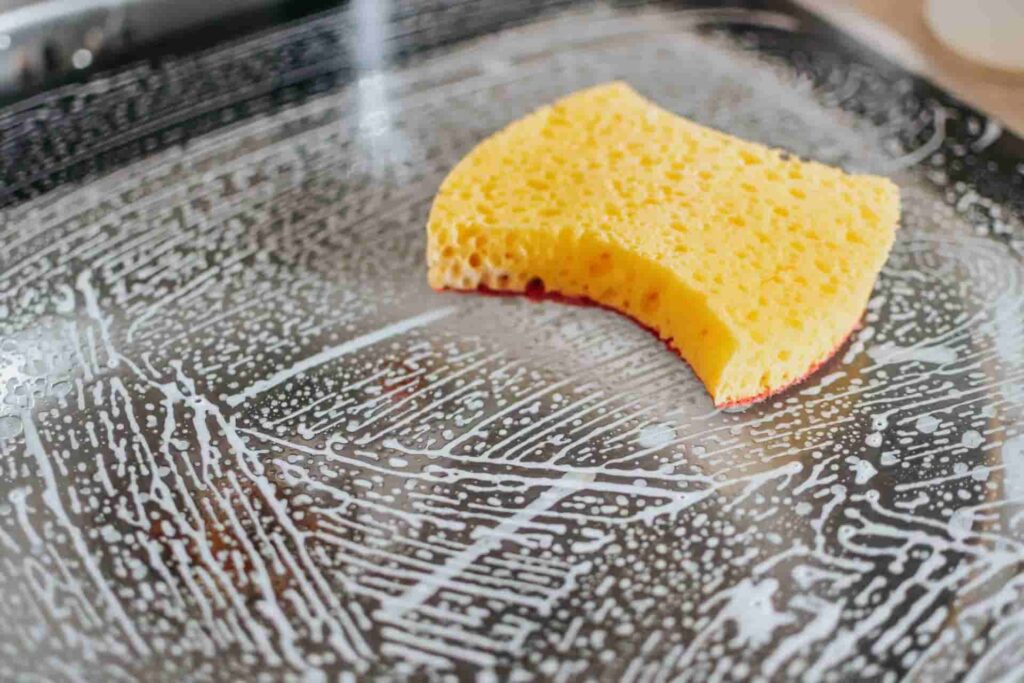In the ever-evolving world of food preservation, canning stands out as a time-honored technique. It’s not just about keeping food safe and extending its shelf life; it’s about capturing the essence of seasonal produce, ensuring that nothing goes to waste. This article delves into the intricate process of canning fruits, highlighting the role of glass containers, a choice that aligns with sustainability and quality.

Table of Contents
ToggleUnderstanding the Basics of Canning
Canning is a method of food preservation in which food is processed and sealed in an airtight container. This process extends the shelf life of food, typically ranging from one to five years, and in some cases, even longer. The primary purpose of canning is to preserve food for an extended period, maintaining its quality and preventing spoilage.
Canning dramatically extends the shelf life of perishable foods like fruits, vegetables, meats, and seafood. This allows for seasonal foods to be enjoyed year-round. Properly canned food retains most of its nutrients, especially heat-stable nutrients like carbohydrates, fats, proteins, and some vitamins. The canning process involves heating the food, which destroys potentially harmful bacteria and enzymes. This makes canned food safe to eat for a long time when stored correctly. So, people don’t have to worry about the health issues of canned food.

The Canning Process
Certainly! The fruit canning process is an intricate and methodical approach to preserving the freshness and flavor of fruits. This process not only extends the shelf life of the fruit but also ensures it remains safe and nutritious over time. Here’s a more detailed introduction to the fruit canning process:
Selection of Fruit
The canning process begins with the selection of high-quality fruits. Ideal fruits for canning are those at the peak of their ripeness, which ensures optimal flavor and texture. Fruits should be fresh, and free from bruises, blemishes, and signs of spoilage. This step is crucial because the quality of the finished product heavily depends on the quality of the starting material.
Once selected, fruits undergo thorough washing to remove any dirt or residues. Depending on the type of fruit, they may need to be peeled, pitted, or sliced. For example, stone fruits like peaches are often halved and pitted, while berries might be used whole. In some cases, fruits are blanched or pre-cooked. This step is aimed at softening the fruits, inactivating enzymes that cause spoilage, and helping to maintain color and flavor.

Sterilization of Glass Containers
The sterilization of glass containers is a crucial step in the canning process, ensuring that the jars are free from any bacteria, yeasts, and molds that could spoil the canned food. Here’s a detailed look at this process:
▶ Cleaning the Jars
The first step is to thoroughly clean the glass jars. This can be done using hot soapy water. Each jar should be scrubbed well to remove any residues or dirt. After washing, the jars should be rinsed thoroughly to remove all soap traces.

▶ Heating Methods
There are several methods to sterilize jars, and the choice often depends on convenience and equipment availability. The most common methods include:
○ Boiling Water Method
Fill a large canning pot or saucepan with enough water to completely submerge the jars.
Place the cleaned jars in the pot. The jars should be upright and not touching each other.
Bring the water to a boil. Once boiling, keep the jars in the boiling water for at least 10 minutes. The time might be increased for higher altitudes.
Using a jar lifter or tongs, carefully remove the jars and place them on a clean, dry surface.
○ Oven Sterilization
Preheat the oven to a low temperature (usually around 275°F or 135°C).
Place the jars on a baking sheet, ensuring they are not touching each other.
Heat the jars in the oven for at least 20 minutes.
Remove the jars from the oven using oven mitts or a jar lifter.
○ Dishwasher
If you have a dishwasher with a sanitizing cycle, you can use it to sterilize the jars.
Place the jars in the dishwasher and run a regular cycle with the heated dry setting.
Keep the jars in the dishwasher until ready to use to maintain sterility.

▶ Sterilizing Lids and Bands
The lids and bands of the jars also need to be sterilized. They can be boiled in water for a few minutes. However, modern canning lids are often designed to be used without boiling. It’s important to follow the manufacturer’s instructions for the lids you are using.
▶ Keeping Jars Sterile
Once the jars are sterilized, it’s important to keep them sterile until they are filled with food. This means avoiding touching the inside of the jars or lids with your hands. If the jars cool down before you can fill them, you should re-sterilize them.
▶ Safety Precautions
Always handle hot jars with care to prevent burns.
Check for any chips or cracks in the jars before sterilizing them. Damaged jars should not be used as they may break during the canning process.
Preparing the Canning Syrup
A canning syrup, typically made from sugar and water, is prepared. The concentration of the syrup can vary (light, medium, or heavy) depending on the sweetness of the fruit and the desired end product. The syrup serves multiple purposes: it enhances the fruit’s natural flavor, helps retain its texture, and acts as a preservative.
Filling the Jars
The prepared fruits are carefully packed into sterilized glass jars. Proper packing is essential to prevent too much shifting or bruising of the fruit. The canning syrup is then poured over the fruits, leaving appropriate headspace as recommended for the specific type of fruit and jar size. This headspace is necessary for the expansion of the fruit and liquid during the heating process.
Sealing and Processing
After filling, the jars are sealed with airtight lids and processed in a water bath or a pressure canner. The choice between a water bath and pressure canning depends on the acidity of the fruit. High-acid fruits like berries, and apples, a shwasher until ready to use to maintain sterility.
The Science Behind Canning
The science behind canning is a fascinating blend of biology, chemistry, and physics, ensuring that foods are safely preserved for extended periods. This involves understanding how various factors interact to prevent spoilage and maintain the quality of the canned product. Here are some key scientific aspects of the canning process:
Microbial Inactivation
Pathogen Elimination: The primary goal of canning is to destroy microorganisms that can cause food spoilage or foodborne illnesses. This includes bacteria, yeasts, and molds. The most concerning bacterium in canning is Clostridium botulinum, which can produce a harmful toxin in low-oxygen environments like a sealed jar.
Sterilization Process: The process of heating the food in cans or jars to a specific temperature for a set duration is designed to achieve commercial sterility. This term means that while it may not kill all microorganisms, it reduces their presence to a level where they don’t pose a health risk and cannot multiply under normal storage conditions.

pH and Acidity
Role of Acidity: The acidity level of the food (measured as pH) is crucial in determining the method of canning. High-acid foods (pH lower than 4.6) naturally inhibit the growth of harmful bacteria. These foods, like most fruits and pickles, can be processed in a water bath canner.
Low-Acid Foods: Foods with low acidity (pH above 4.6), like vegetables and meats, require pressure canning to reach temperatures high enough to destroy Clostridium botulinum spores.
Heat Transfer
Conduction and Convection: The heating process in canning works through conduction (heat moving through the food) and convection (heat circulating within the jar). Understanding these processes is crucial to determine the correct processing times and temperatures for different foods and jar sizes.
Ensuring Even Heating: The goal is to ensure that the entire contents of the jar, including the center of the jar, reach the necessary temperature for a long enough time to ensure safety.
Vacuum Sealing and Air Removal
Formation of Vacuum Seal: As the jars cool after processing, the contents contract, creating a vacuum. This vacuum seal is crucial in preventing air (and microorganisms) from entering the jar and spoiling the food.
Air Removal: Before sealing, air is removed from the jars to reduce the oxygen content. This is vital as oxygen can degrade the quality of the food over time and is necessary for the growth of some bacteria.
Chemical Reactions
Color and Flavor Changes: Chemical reactions during the canning process can affect the color and flavor of the food. For instance, some fruits may darken due to oxidation or interaction with the canning materials unless treated with ascorbic acid or citric acid.
Nutrient Retention: While canning can lead to the loss of some heat-sensitive nutrients (like vitamin C), it effectively retains most nutrients, m

The Benefits of Canning in Glass
Glass stands out as the material of choice for preserving the natural goodness of fruits. It’s a choice that reflects a commitment to both quality and the environment, making it an ideal solution for canneries, food, and beverage brands looking to make a positive impact.
Glass is impermeable and non-reactive, which means it does not alter the taste or quality of the contents. This makes it an ideal choice for preserving the natural flavor and aroma of canned fruits. It can be reused and recycled, reducing waste and environmental impact. This aligns with the growing consumer demand for sustainable packaging solutions. Using glass allows the quality of the canned product to be visible, building consumer trust. It reassures buyers of the product’s integrity and quality. Canning is not just a method of preservation; it’s a celebration of nature’s bounty.
▶ Choose wisely, choose vibrantly, and choose Smilebottles
Smilebottles offers various glass containers and practical solutions for businesses like canneries, food brands, and beverage brands. By providing a wide range of high-quality, customizable, and sustainable glass container options, we are well-positioned to meet the diverse needs of our customers in the canning and food preservation industry.
○ Wide Range of Sizes: Offering a variety of sizes can cater to different canning needs, from small jars for jams and jellies to larger ones for fruits and vegetables.
○ Shape Variability: Different shapes (round, square, oval) not only cater to aesthetic preferences but can also be practical for certain types of food storage and preservation.
○ Regular and Wide-Mouth Jars: Regular mouth jars are great for liquids and small items, whereas wide-mouth jars are ideal for larger fruits and pickles, making it easier to fill and empty the contents.
○ Jars with Measurement Markings: These can be helpful for canners who need to measure headspace accurately.
○ Customizable Lids and Seals: Offering a range of lids, including those suitable for different types of canning methods (water bath vs. pressure canning), and seals can be a significant advantage.
○ Branding and Personalization: Offering customization for branding, such as logo imprinting or personalized designs, can be appealing to businesses and individual customers.
○ Food-Grade and Safe: Ensuring that the glass containers meet food safety standards is essential. This includes being lead-free and non-toxic.
○ Compliance with Preservation Standards: Adhering to the standards necessary for safe food preservation, such as those set by food safety authorities, is crucial.
Conclusion
Canning is not just a method of preservation; it’s a celebration of nature’s bounty. By choosing glass containers, canneries, and food brands not only commit to quality but also to sustainability. This commitment resonates with wholesalers and retailers who are increasingly aware of the environmental impact of their choices.
In a world where transparency and quality are paramount, glass stands out as the material of choice for preserving the natural goodness of fruits. It’s a choice that reflects a commitment to both quality and the environment, making it an ideal solution for canneries, food, and beverage brands looking to make a positive impact.











